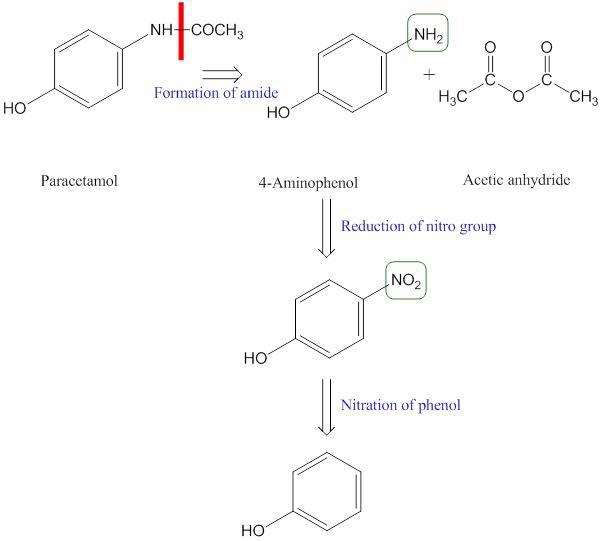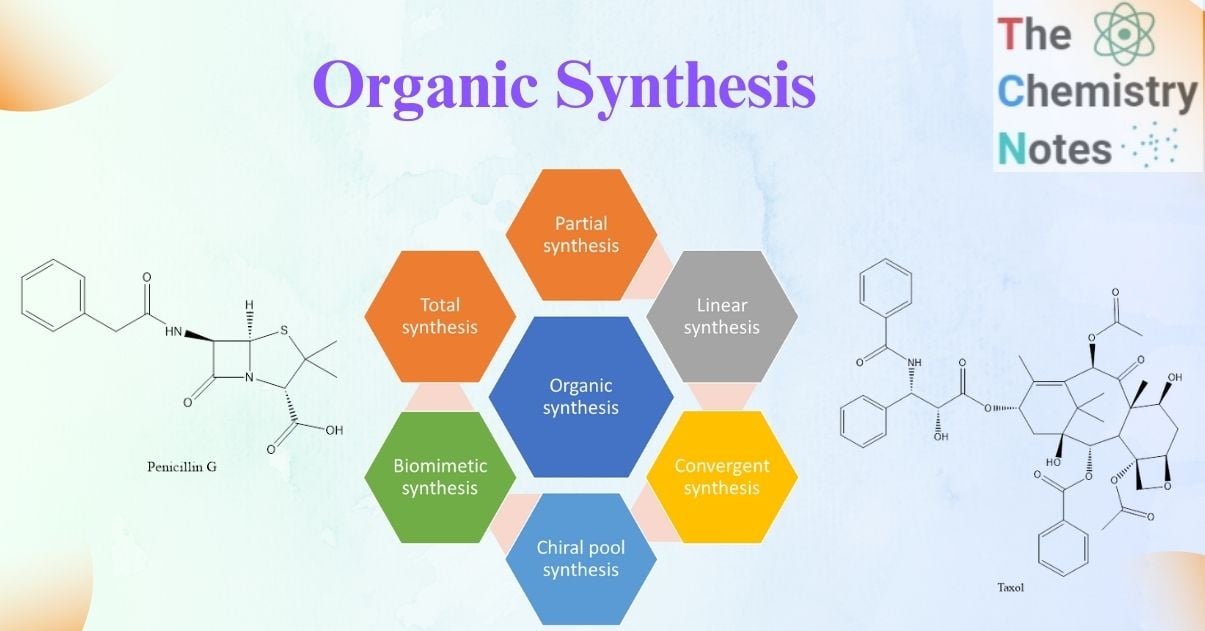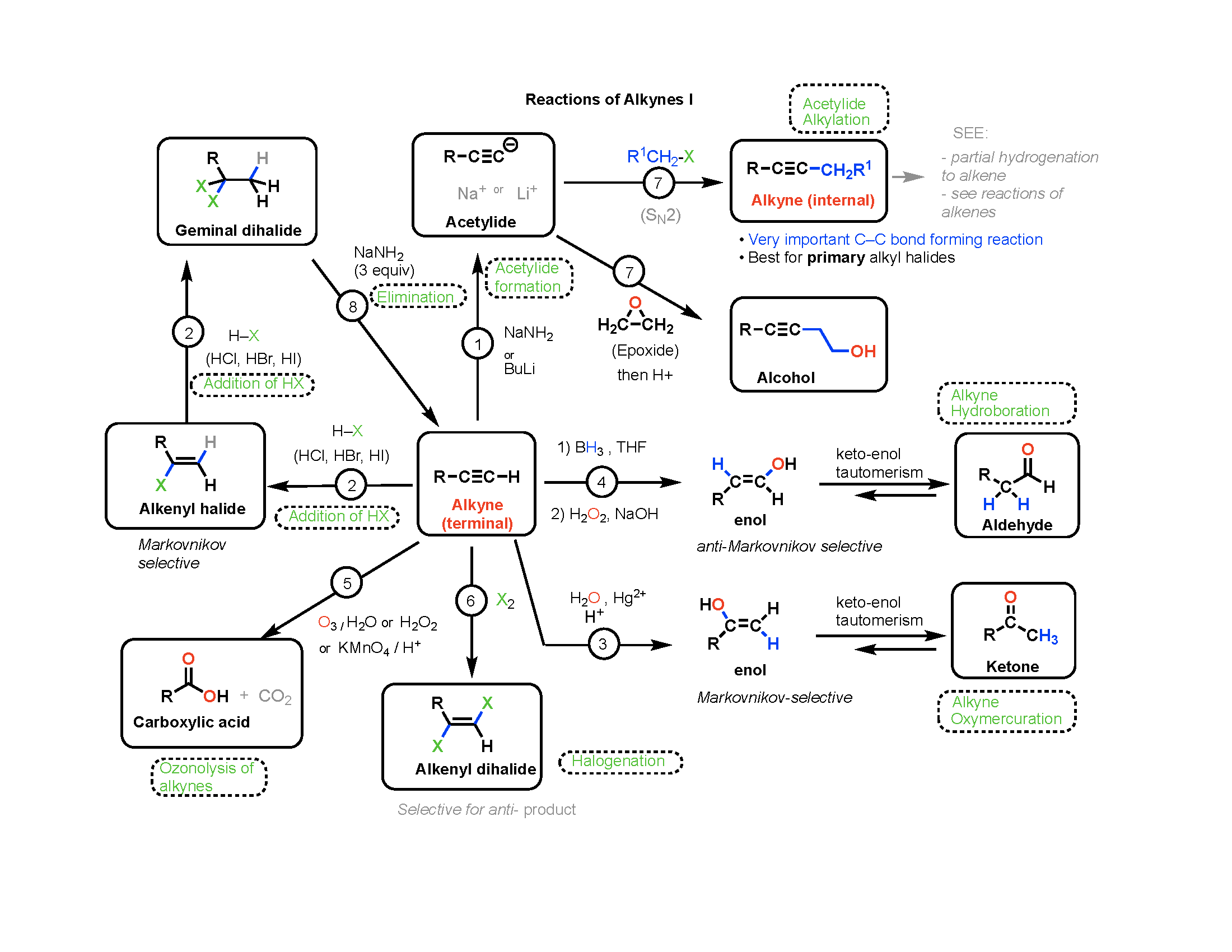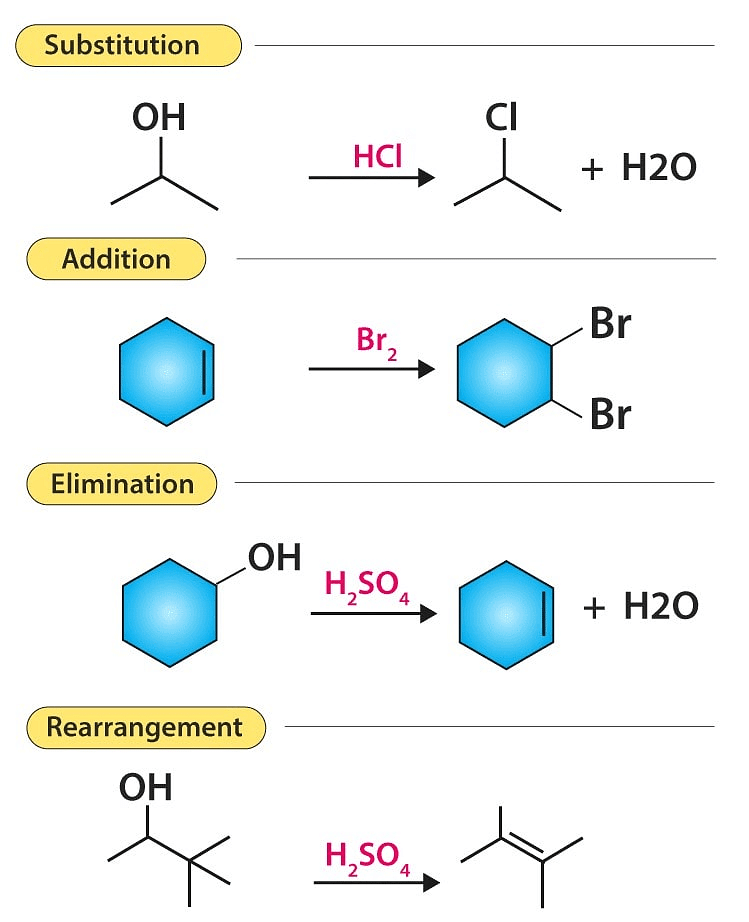Use Of The Temporary Connection In Organic Synthesis

A revolutionary approach to organic synthesis, utilizing temporary connections, is dramatically accelerating the creation of complex molecules. This breakthrough promises to reshape drug discovery and materials science by simplifying intricate chemical processes.
Researchers have developed a new method leveraging transient chemical bonds. This allows for previously unattainable levels of control and efficiency in building complex organic structures, paving the way for faster development of novel compounds.
The Core Innovation: Temporary Connections
The technique hinges on the strategic use of temporary, reversible chemical bonds. These bonds act as scaffolding, guiding the construction of the desired molecule with remarkable precision.
Unlike traditional methods, this approach minimizes unwanted side reactions. It also simplifies purification processes, significantly reducing synthesis time.
Dr. Emily Carter, lead researcher at the University of California, Berkeley, explains: "By employing these temporary connections, we can essentially direct the building blocks of a molecule to assemble in a pre-defined manner."
How it Works: A Step-by-Step Overview
The process begins with identifying the key building blocks needed for the target molecule. These blocks are then functionalized with moieties that can form temporary, yet strong, connections.
These functionalized blocks are introduced into a reaction environment where they self-assemble. They are guided by the temporary bonds to form the desired intermediate structure.
Once the core structure is established, the temporary connections are selectively cleaved. This reveals the reactive sites for subsequent functionalization or cyclization steps. These steps finalize the target molecule.
A crucial aspect of this technique is the careful selection of the temporary connecting groups. These groups must be stable under the reaction conditions. They must also be easily removable without affecting the newly formed bonds.
Impact on Drug Discovery
The pharmaceutical industry stands to benefit immensely from this innovation. Complex drug molecules that were previously difficult or impossible to synthesize can now be accessed more readily.
This will accelerate the identification and development of new therapies for a wide range of diseases.
Dr. David Lee, a research scientist at Pfizer, notes: "The ability to synthesize complex molecules more efficiently will undoubtedly shorten the drug discovery timeline."
The temporary connection strategy facilitates the creation of diverse libraries of compounds. This allows for more comprehensive screening and optimization of drug candidates.
Moreover, the reduced waste and improved atom economy of this method align with the growing emphasis on sustainable chemistry.
Applications in Materials Science
Beyond pharmaceuticals, this technology holds promise for materials science. The creation of novel polymers, advanced composites, and sophisticated electronic materials is now more achievable.
The ability to precisely control molecular architecture unlocks new possibilities. It allows for the design of materials with tailored properties, like enhanced strength, conductivity, or optical characteristics.
Researchers at MIT are exploring the use of temporary connections to synthesize complex, three-dimensional polymers. These polymers would have applications in advanced filtration systems and biomedical implants.
The controlled assembly of nanomaterials using temporary bonds could lead to breakthroughs. It could allow for in the creation of more efficient solar cells and advanced sensors.
Challenges and Future Directions
While this technology is promising, certain challenges remain. The design and synthesis of appropriate temporary connecting groups can be complex. It requires careful consideration of reactivity and selectivity.
Scaling up the synthesis from laboratory scale to industrial production also presents a hurdle. Optimization of reaction conditions and development of robust protocols are crucial.
Dr. Carter's team is currently working on expanding the repertoire of temporary connecting groups. They also aim to develop automated synthesis platforms that can streamline the process.
Ongoing research is also focused on exploring the application of this technique to even more complex molecular architectures. This is driving innovation in diverse fields.
The National Science Foundation (NSF) has committed further funding to support research. They hope to advance this technology and facilitate its widespread adoption in academia and industry.
"This is a game-changer for organic synthesis," says Professor Robert Miller, a renowned chemist at Stanford University. "It has the potential to transform how we design and build molecules."
Next Steps
Researchers are actively collaborating with pharmaceutical companies and materials science firms. This collaboration will accelerate the translation of this technology into real-world applications.
Workshops and training programs are being organized to educate scientists on the principles and techniques of temporary connection chemistry. This will foster wider adoption of the method.
The ultimate goal is to make this powerful tool accessible to researchers worldwide, accelerating scientific discovery and innovation across multiple disciplines. The impact of this technology is only beginning to be realized, with ongoing developments pointing towards a future where complex molecules can be created with unprecedented ease and efficiency.
